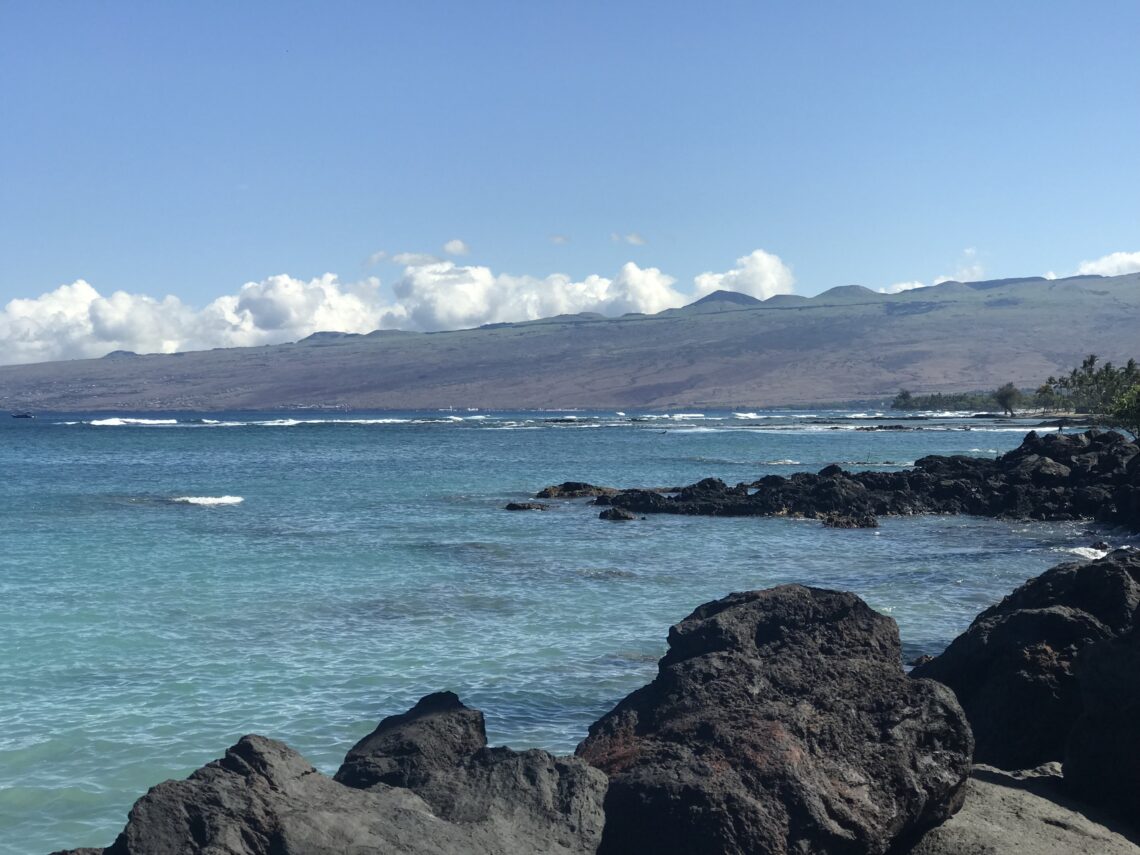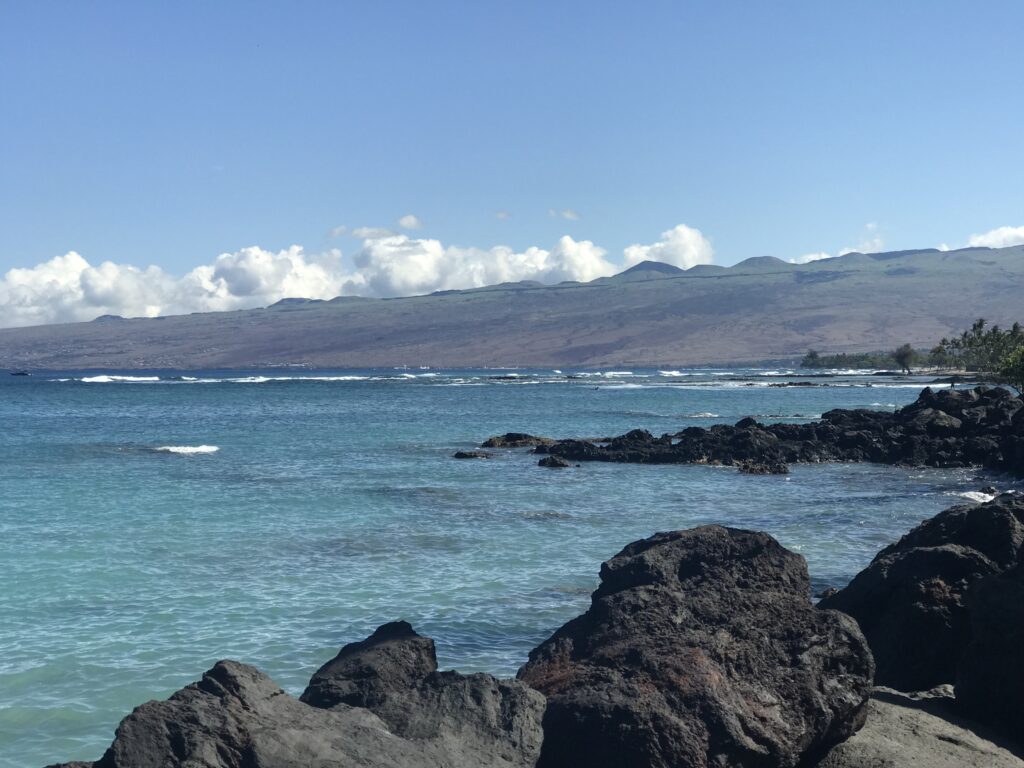
Where did Spring go?! Memorial Day is at hand, and that means it’s time to kick-off summer! If you’ve been following our series on Transforming Primary Care Encounters Using a Solution-Focused approach, we’re going to take a few weeks off from this series, but will revisit and closeout the series with a few more important considerations and tactics later this summer.
Will you be gathering with family and friends on Memorial Day? Sometimes it can be challenging to maintain healthy habits during group gatherings, especially if everyone is not on the same page. It’s helpful to have strategies in your back pocket to pull out. So, today we want to share with you 6 solution-focused strategies for navigating picnics and gatherings that you can share with your clients (or even try out yourself)!
#1 – Portion your plate by the healthy plate for diabetes. When you are ready to sample the celebration spread, if there’s a choice on plate size, go with a smaller plate (maybe the ones that are out for salads or desserts). Then fill half the plate with non-starchy vegetables (such as veggie salads, green beans, or sliced tomatoes), one fourth of the plate with lean protein foods (such as a grilled turkey burger or grilled chicken), and one fourth with carbohydrate foods (this is where potato salad, corn on the cob, watermelon, or a sweet treat may fit). Partitioned paper plates can do the portioning for you. Not sure partitioned paper plates still exist? Here you go, just a click away. When asked how high one can “pile the plate”…try to keep it no higher than a deck of cards is thick. This simple strategy has brought success for many when navigating picnics and celebrations. And, Tami recalls one client she worked with that embraced this as a “year-round” strategy, purchasing the “old fashioned” partitioned 9-inch paper plates to use at home. He went on to lose over 30 pounds managing his portions and blood glucose in this manner. And he was thrilled that he didn’t have to wash dishes!
#2 – Stick with small tastings. Maybe there are a number of things on the picnic table that you want to enjoy. And maybe you are not sure exactly what is in some of the dishes or how much carbohydrate they contain. One tried and true strategy is to stick with small tastings. You can sample a number of different items if you choose, fitting them within the plate sections reviewed above. And there’s a lesser chance of sending blood glucose out of range with small tastings versus a serving spoon portion. This is a great strategy for travel as well, discussed in our blog on Traveling with Diabetes.
#3- Eat fresh and local. We are fans of supporting local farmers and enjoying local produce at the peak of ripeness. When trying to decide what to take to a gathering, think local and fresh. Picnics can be laden with rich casseroles and sides, so taking a fresh, low carbohydrate side that you know will work for you helps to insure there is something you can eat at the event. One of our favorite go-to’s that is ALWAYS the first dish to disappear is this (you may know it as Caprese salad): juicy ripe sliced tomatoes on a platter, topped with a slice of fresh mozzarella cheese, chopped fresh basil (or a dollop of pesto sauce), then drizzled with olive oil and balsamic vinegar. Sometimes we’ll layer sliced avocado on the tomatoes as well. Serve with salt and pepper grinders alongside so everyone can manage what goes on their salad.

#4 – Fill the day with fitness. With the eating and celebrating, fitting in fitness can help manage blood glucose and spend more time in range. Whether it’s participating in a local walk/run, swimming, playing cornhole, or joining the kids in a water balloon toss. How can you fit in fitness during Memorial Day weekend? We are believers in making a commitment to move even more when we know there is a weekend or vacation ahead filled with a few indulgences. Take a walk early in the day. That makes sure that movement doesn’t get pushed out by other holiday activities. And if you find blood glucose out of range 1-2 hours after you eat, take another walk to help lower blood glucose.
#5 – Bring something to share that incorporates seasonal produce. Many of the food traditions associated with Memorial Day are filled with the best summer has to offer. Not only is flavor at its peak, seasonal produce is packed with nutrients (and lower in cost). Deb has local, fresh grown strawberry stands nearby at this time of year, so makes a weekly journey to purchase and enjoy their sweet flavor.

#6 – Focus on fellowship and laughter. We believe that laughter is the best medicine, and we try very hard to practice what we preach. Scientists have shown that laughter is a great stress reliever and causes mental relaxation. Laughter can even improve blood pressure, pain, and immunity. Most importantly it strengthens human connections when we laugh together.


We hope you enjoy some laughter, friendship, family and great food this holiday! We are taking our own advice and will be enjoying some travels, adventures, and connecting with great friends and will be back soon with more content to share.
If you have any suggestions regarding future blog topics or series please let us know!
We welcome anyone interested in our approach to Subscribe to our blog and we’ll email you when a new post is published!
If you are a health care professional and interested in learning more about our solution-focused practice and approach, when you subscribe to our blog, we’ll send you in return a FREE resource of 10 Solution-Focused Questions to start a solution-focused discussion with your clients.
Follow us on Twitter and Instagram @AFreshPOVforYou
Deb is employed by Dexcom, but her words and opinions in this blog are her own.
Tami is employed by the University of Kentucky HealthCare Barnstable Brown DIabetes Center, but her words and opinions in this blog are her own.


